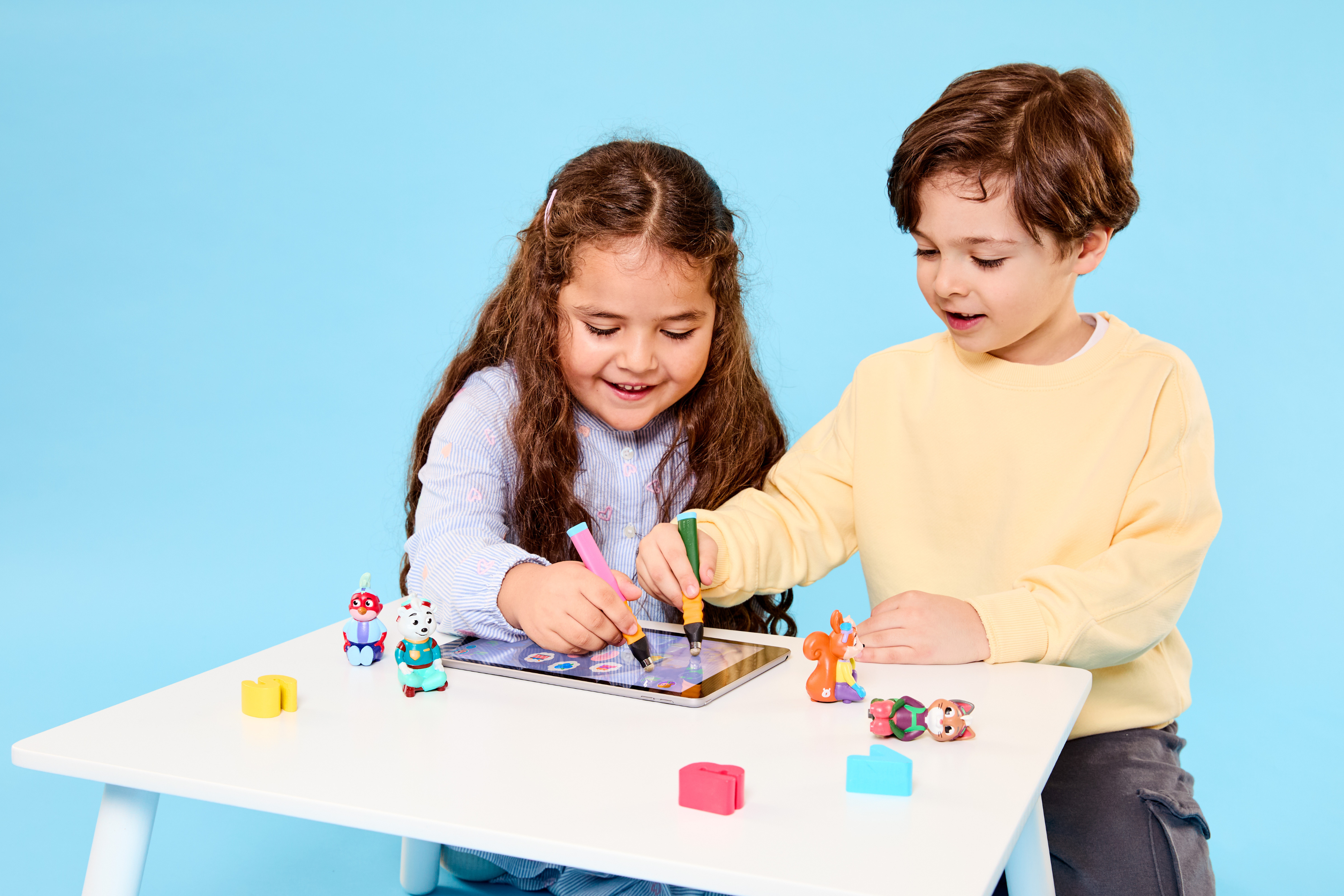Studies show that over half of children in the UK struggle with the transition back to school. Stress, nerves, and anxiety are making the return tougher than it should be. If your child is finding it hard to adjust - you are not alone.
I’m Brigid - a parent and an early years teacher and here are my top tips for supporting children who experience anxiety around going to school.
“Feel the fear and do it anyway.” - Susan Jeffers
The urge to protect children from distress is strong. However, enabling them to avoid all situations that give rise to feelings of anxiety can cause children harm in the long term.
Arming your child with tools to tolerate stressful situations develops resilience and increases their capacity for trying new things.
Edurino’s learning world: ‘My Emotions with Leo’ strengthens kids’ resilience through helping them understand what anxiety is, where can manifest in their bodies, and strategies they can use to manage anxiety when it sets in, such as blowfish breathing.
Leo arms children with language to talk about their feelings. They can recognise anxiety when it begins to arise and implement self soothing strategies early, before the feeling overwhelms them.
TRY THIS AT HOME 💡
The Ladder Technique:
Let’s say your child is feeling anxious about starting swimming lessons. Draw a ladder and write small steps your child can take to prepare for the swimming lesson on each rung.
The ladder technique is an excellent tool to encourage small actions that ultimately guide your child to try a new thing without feeling overwhelmed.
Rung 1 might be observing a lesson or going swimming with family. Their next step might be meeting the coach. After that, try packing a favourite swimming costume or using pocket money to buy some goggles, and so on, until your child has built enough confidence to attend the lesson.
“Fail, fail again, fail better.”- Samuel Beckett
As children grow, they encounter increasing opportunities to face challenging situations: trying out for the school sports team or choir; sleepovers; conflict with friends…
Situations which involve risk: risk of failure, of not getting what they hoped for, or being embarrassed.
Children who struggle with anxiety may seek to avoid risk-taking and can miss out on important rites of passage (and some memorable and transformative childhood events).
Without taking risks, they miss opportunities to learn vital skills such as self-soothing, conflict resolution, perseverance and self efficacy. Children who repeatedly avoid such situations, (or have well-meaning parents willing to step in and do things for them can become more anxious over time, while losing self-confidence. They come to believe they are incapable of managing situations, and that they need someone to do things for them.
“The anxiety has flourished but the child has not.” (Ann Marie Albano, TED).
TRY THIS AT HOME 💡
Model emotional resilience:
Be open and share your experiences with risk-taking with your child. Times when you felt fear, but you steered into it. ‘I was really scared to start my new job, but I knew that it was an opportunity that I couldn’t pass. I felt scared going in there on the first day, but I did it anyway and I am so glad that I did…’;
There is no ‘quick fix’ to help a child who is struggling with worries and anxiety. If your child was struggling in maths, it would take time, learning and practice for them to tackle problems with confidence. With anxiety, it’s no different.












